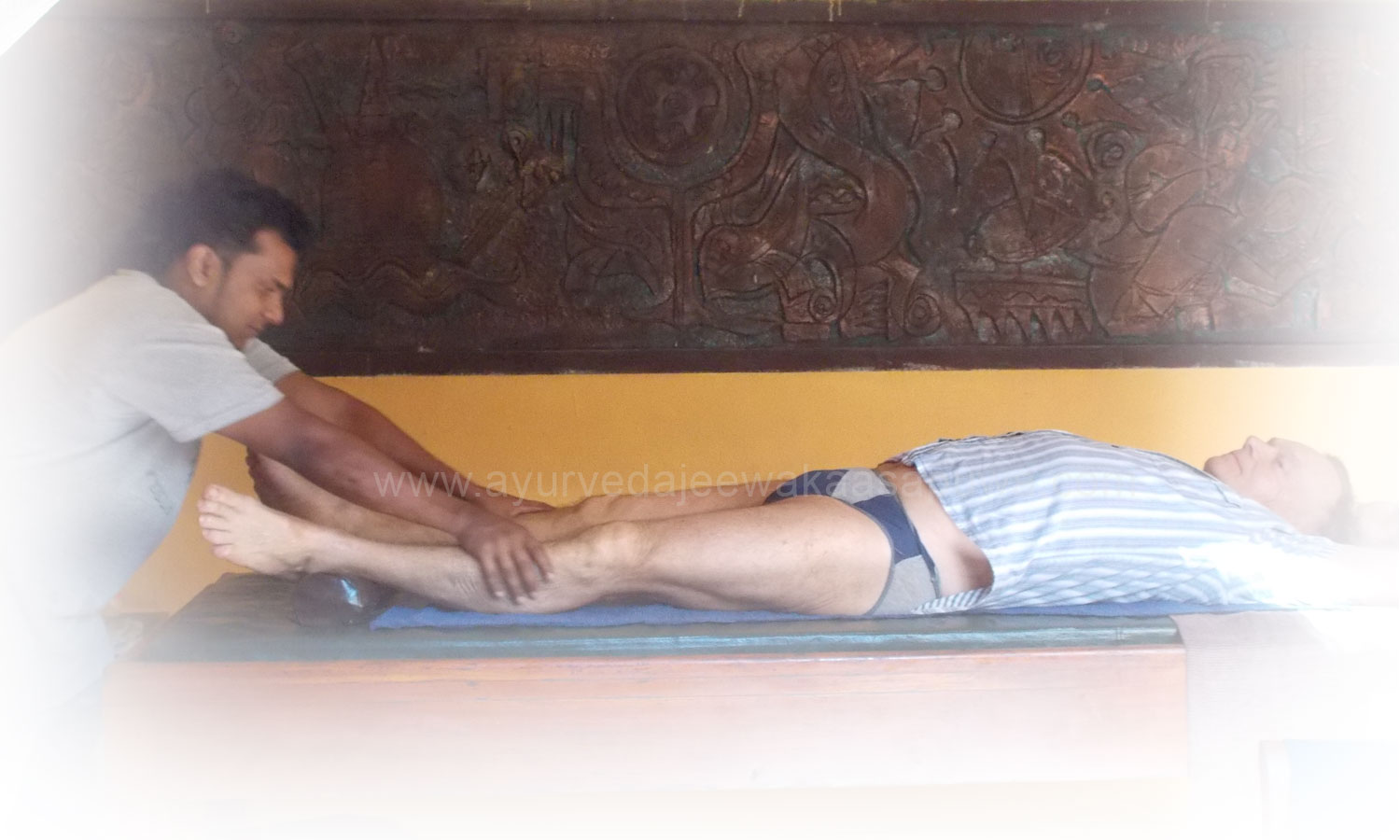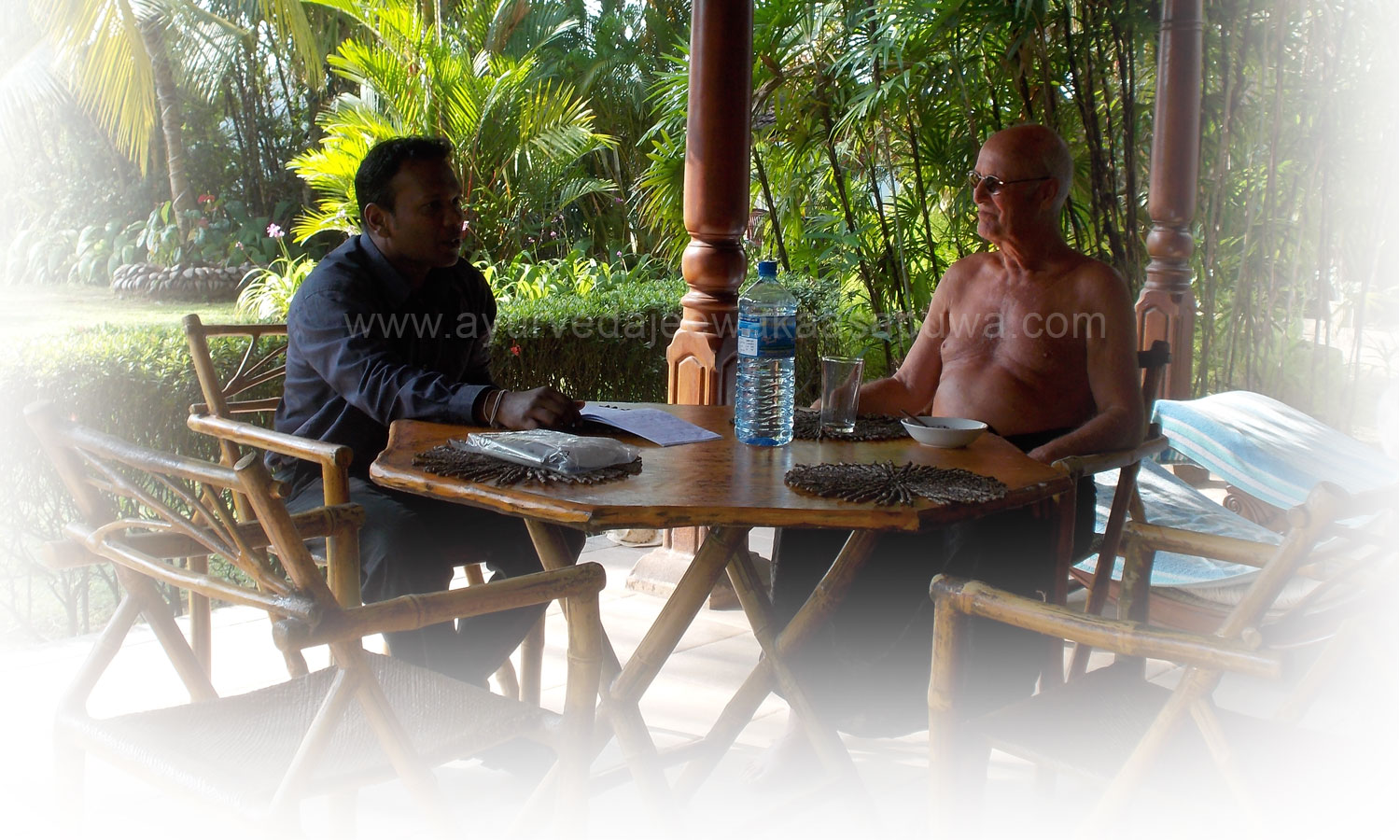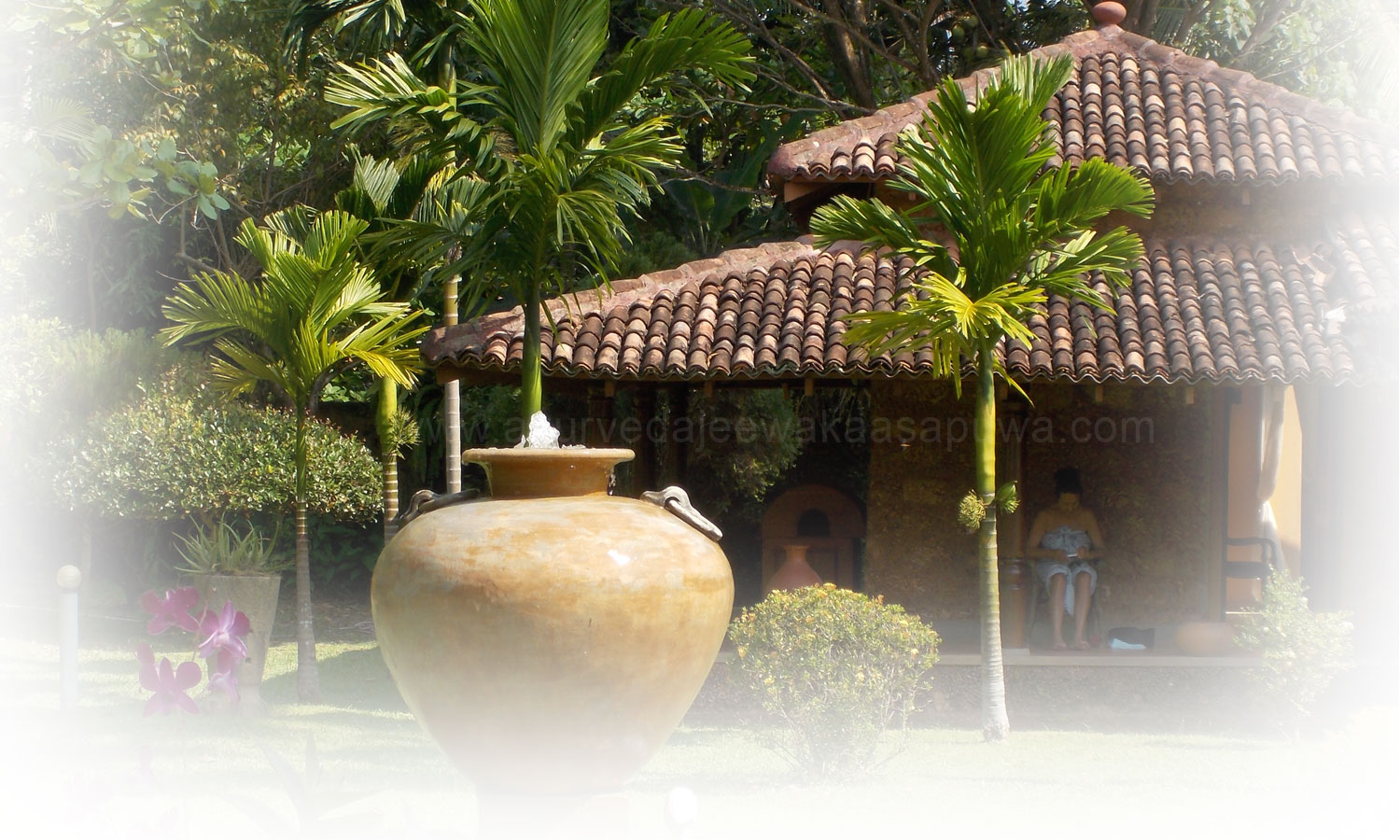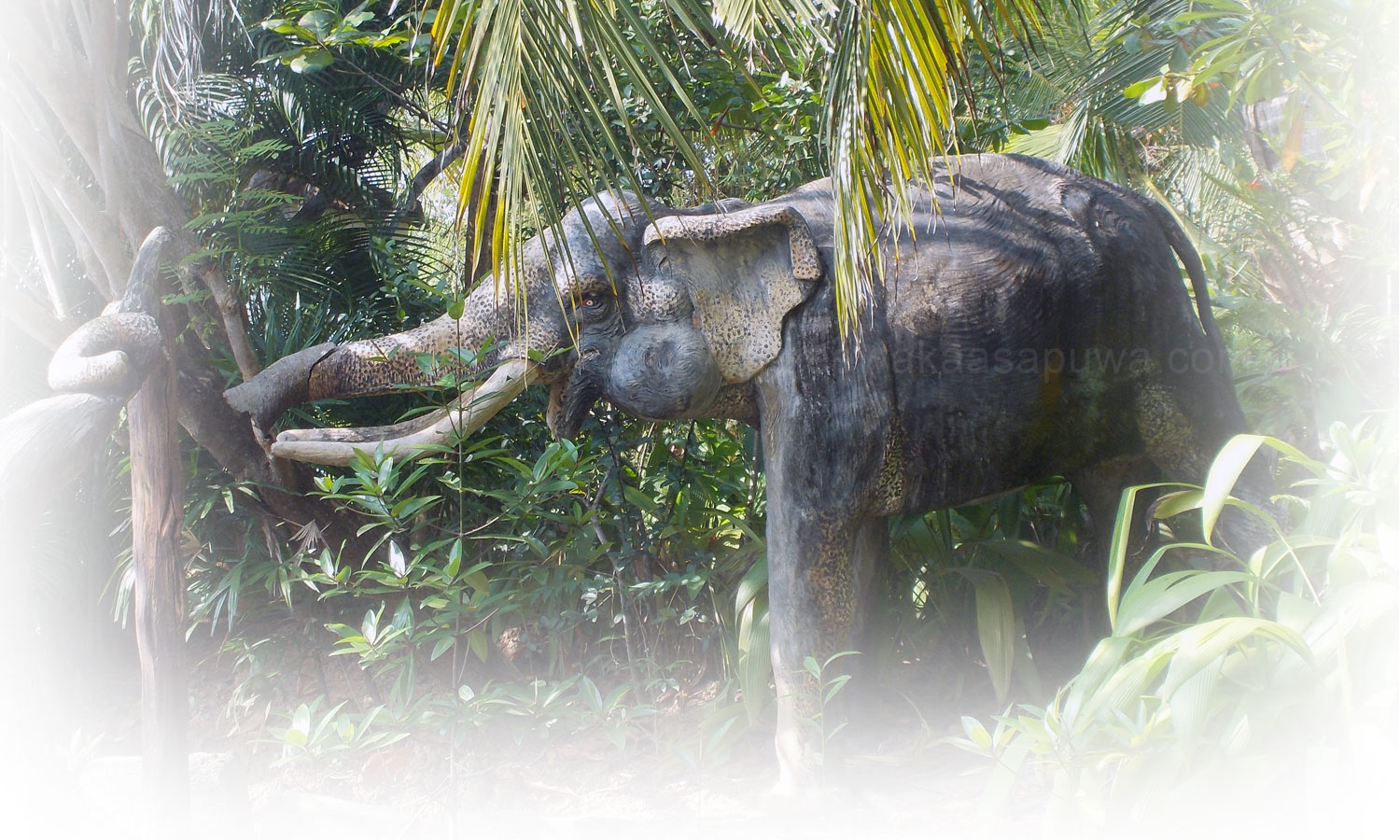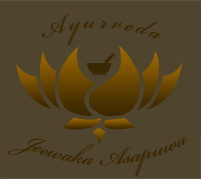| |
| Ayurveda |
| The word "Ayurveda" originates from the ancient language of Sanskrit meaning "science
of life" ('ayur' meaning 'life' and 'veda' meaning 'science'). In Sanskrit, this word
has a wider meaning, which includes plants and animals as well as humans. |
| |
| Ayurveda is considered to be the oldest healing science
in the world. It is practiced extensively in Sri Lanka and India having being preserved
through the ages by oral tradition as well as written form. This ancient practice
focuses on prevention of disease through a deeper connection between the mind and the
body; on a state of total health based on vigour, energy and balance. The concept of
balance is important in Ayurveda - the balance of body, mind and consciousness based
on each person's individual constitution. |
| |
| The Basis of Ayurveda and Panchakarma: The Doshas |
| All things in the world – according to Ayurveda – are made up of the five basic elements fire, earth, water, air and ether (empty space) in varying proportions. Each element bears the combination of different characteristics. The element air, for example, is light and mobile. Earth is heavy, cold and stable. Fire is hot, mobile and penetrating. In our body as well as in nature, two basic elements form one Dosha: |
| |
| Air and ether form Vata. Vata governs bodily functions connected to movement. |
| |
| The elements fire and water are reflected in Pitta. Pitta is transformation |
| |
| Kapha is a combination of earth and water and manifests itself as matter |
| |
| These three bio-energies regulate all physical, spiritual and mental processes. The science of Ayurvedic constitutions are based on the existence of Doshas: Their proportions determine the individuality of a person, which remains unchanged throughout life – at least as long as the person is healthy. According to the dominating Dosha, a person is considered a Vata-, Pitta- or Kapha-Type. Their composition determines certain strengths, weaknesses, susceptibility to disease and characteristics of a person. |
| |
| Vata – The Principle of Movement |
| This initiates and promotes biological activity responsible for all internal and external movements of the body. |
| |
| People with Vata dosha tend to be thin, light and quick in their thoughts and actions. Change is an important aspect of their lives. When Vata is balanced they are creative, flexible, enthusiastic and lively. However, if Vata becomes excessive, we may develop anxiety, insomnia, or irregular digestion. |
| |
| Pitta – The Principle of Transformation |
| |
| This is responsible for the generation of body heat, metabolism and certain psychological attributes of the individual. |
| |
| People with Pitta dosha are vivacious, smart and determined. If Pitta is balanced they tend to be warm, understanding and intelligent. Excessive Pitta can however, create irritability, jealousy and aggressiveness. |
| |
| Kapha – the Dosha of Holding Things Together |
| |
| The main function of this is to maintain healthy body tissues and maintain the balance of fat, water and other fluids. These elements must exist in dynamic equilibrium to help maintain body "Prakruti", meaning the original balance of the individual's dosha inheritance. Any disturbance to any one of the doshas causes imbalance and malfunction, resulting in the manifestation of disease. |
| |
| Those with Kapha dosha tend to be leisurely and stable. When balanced, Kapha creates calmness, sweetness and loyalty. When excessive, Kapha can result in greed and attachment |
| |
| |
| |
